Village of The Week: Birstwith with everything from a reading room to a national employer
Birstwith is among the cluster of much sought-after villages that nestle on the outskirts of Harrogate with more country than concrete.
On Rightmove there are eight properties listed for sale in Birstwith. The cheapest is a static caravan at £80,000. The other two park homes listed are £275,000 and £400,000, a three bedroomed terrace cottage is £350,000 and a barn conversion at £675,000.
Advertisement
Hide AdAdvertisement
Hide AdOther than that the properties listed haven’t been built yet and are part of current housing developments and you’ll need at least £625,000 for one of those.
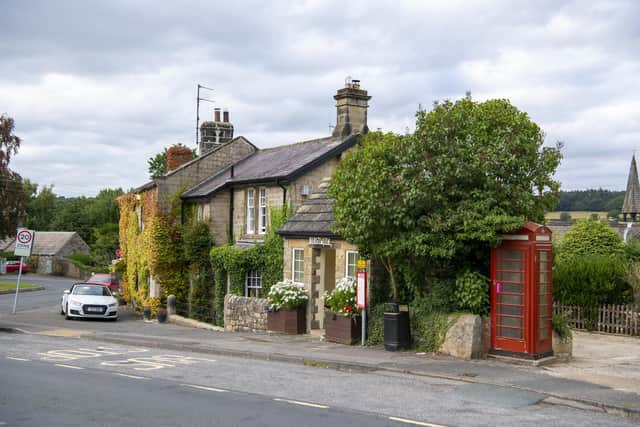

It does show how popular the village is becoming and, unlike many rural villages, the population has increased rather than see people move away for work or more affordable housing. It also helps that Birstwith is a whisker away from Nidderdale which is an Area of Outstanding Natural Beauty (AONB).
In 2001 there were 756 residents listed on the day that the census was taken. By 2011 that was 868. The average age was 40 and 41 respectively which is also perhaps unusual in such villages.
Village life though is strong and creates a community which is varied.
Advertisement
Hide AdAdvertisement
Hide AdHouses are a mix of the traditional stone cottages with that yellow stone appearance that you would expect from the Victorian era and prior, there are red brick semis from the turn of the 20th century, bungalows, uniform new housing developments and striking detached individual houses.
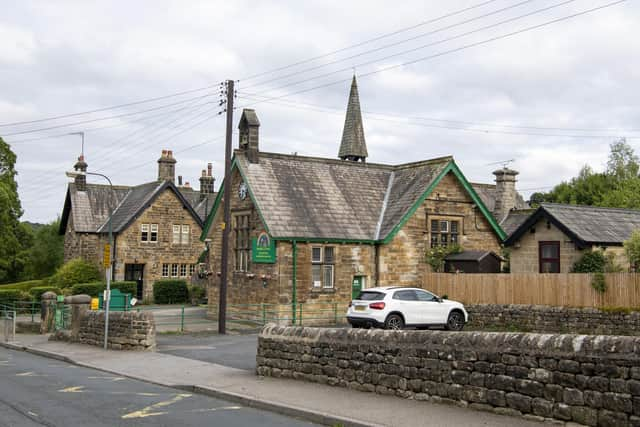

It makes for a mixed demographic and the village facilities reflect that.
Tennis and cricket are popular, there are 70 children listed at the local C of E primary school, the local pub, The Station Inn is family owned as is the local shop which is possibly worth a visit to the village alone.
Speciality bread and savouries, Italian meats, local pies, locally made jams and preserves are enough to make your mouth water, especially washed down by a locally brewed bottle of beer.
Advertisement
Hide AdAdvertisement
Hide AdOwners Andrea and Matthew Walwyn have been at the helm of Dale Stores for more than 16 years and gave up commercial jobs in the food industry to have a better lifestyle and make a real difference to local people who rely on places like Dale Stores as well as local producers that need an outlet to sell.
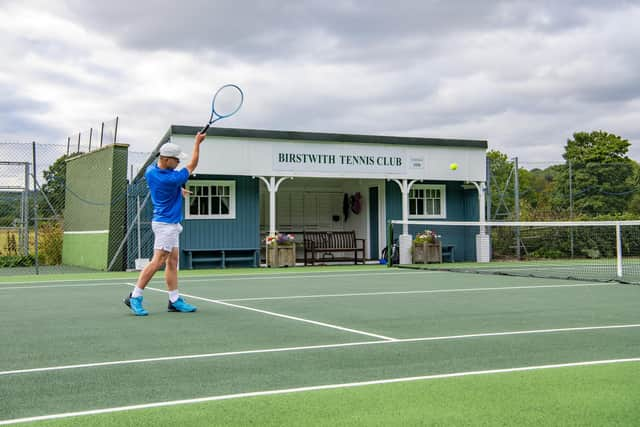

Birstwith has an annual show which returned in style this year for the first time since the rigours and restrictions of lockdown. This coming Wednesday it will host annual Christmas drinks for villagers at the local pub.
However, delving back into the history of Birstwith it has been suggested that in its earliest days it would not have been a village as we know it today.
According to a family tree website documenting The Marston family that originated in Birstwith in the mid eighteenth century, the word Birstwith denoted a township, covering a larger area than the current village which bears its name, the township consisting of small isolated hamlets.
Advertisement
Hide AdAdvertisement
Hide AdIt goes on to say that the very earliest history of human occupation of Birstwith, in fact all of Nidderdale, is rather sketchy but that the earliest local artefacts found around Birstwith are Neolithic axes.
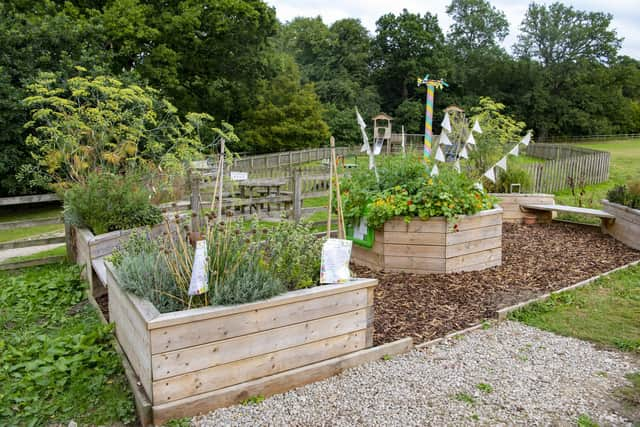

Marston’s History of Birstwith says Birstwith is believed to be of Norse origin, Byr-stath, meaning farm stead.
Other local names are of similar derivation. Kettlesing is Norse, originally being Ketels – eng, eng being Norse for meadow; Tang is Norse and means spit of land; Hampsthwaite is Norse and means Hamel’s clearing; Clint is Danish and means rocky bank; Longscales is Norse and means long secondary settlement; Felliscliffe is Norse and means Felagh’s bank; Nidd is Celtic meaning shining or brilliant; Dacre is Celtic and means a trickling stream; Bewerley is English and means beaver glade and Darley is English and means deer glade.
It would suggest that from the list of place names that the Nidderdale area must have been settled by the ancient Britons, the Anglo Saxons, the Norse and the Danes at various times in its early history.
Advertisement
Hide AdAdvertisement
Hide AdBefore the Norman Conquest most of the Nidderdale area was under the control of five landowners: King Edward the Confessor, Gospatric, Gamelbar, Merlesuan and Archill.
In the early middle ages most land was held by tenancy and the land cleared and farmed by the tenant farmers. The clearance of land slowed with the Great Plague and practically ceased between 1360 and the sixteenth century. By the early sixteenth century most of the land in the Birstwith area had been enclosed.
During the sixteenth and seventeenth centuries woollen looms started to appear in Birstwith followed by corn and cotton mills and they would become a major source of employment.
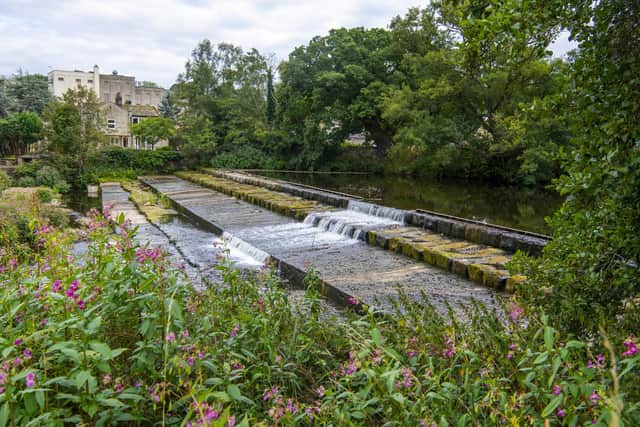

A little after this John Greenwood owned a mill at Keighley and his legacy, it can be argued, shaped the village today and what people would remember of it over the last few decades.
Advertisement
Hide AdAdvertisement
Hide AdIn 1805 he bought Swarcliffe, the cotton mill and the corn mill that was on the same site at Wreaks, both powered by the River Nidd. Greenwood quickly enlarged the estate and bought more property in the village while social pressures mounted that more should be done to improve the lot of workers.
A school was built by John Greenwood in 1814 near his mill at Wreaks. John Greenwood was also a Wesleyan and he went to services held in Wesley Cottage in the Allotments. Soon, he built a chapel on Darley Road. Later, in 1855, this was to be used for the village school, displacing the earlier school.
It was during this period of building works, in June 1853, that workmen digging foundations found 2 cwt of copper coins purporting to come from the reign of Charles I. The coins have since been deemed by experts to be forgeries.
